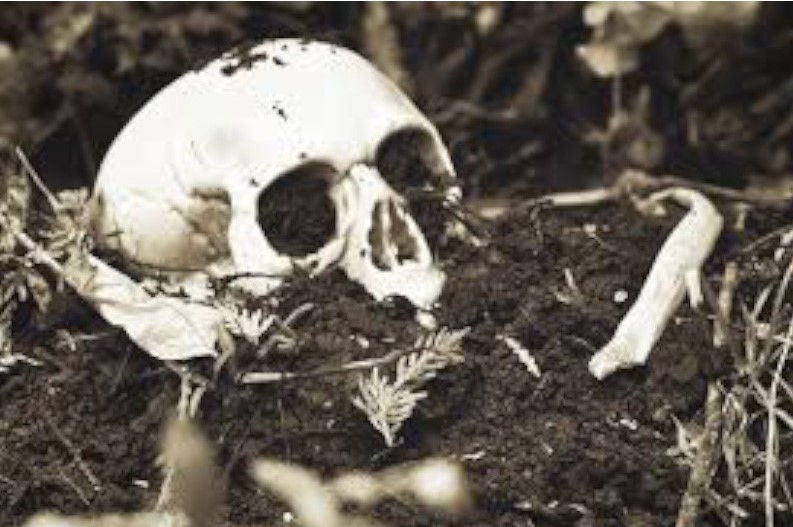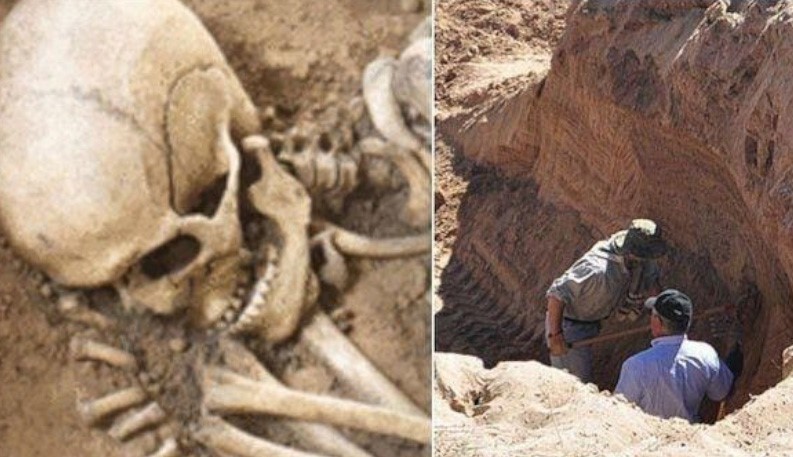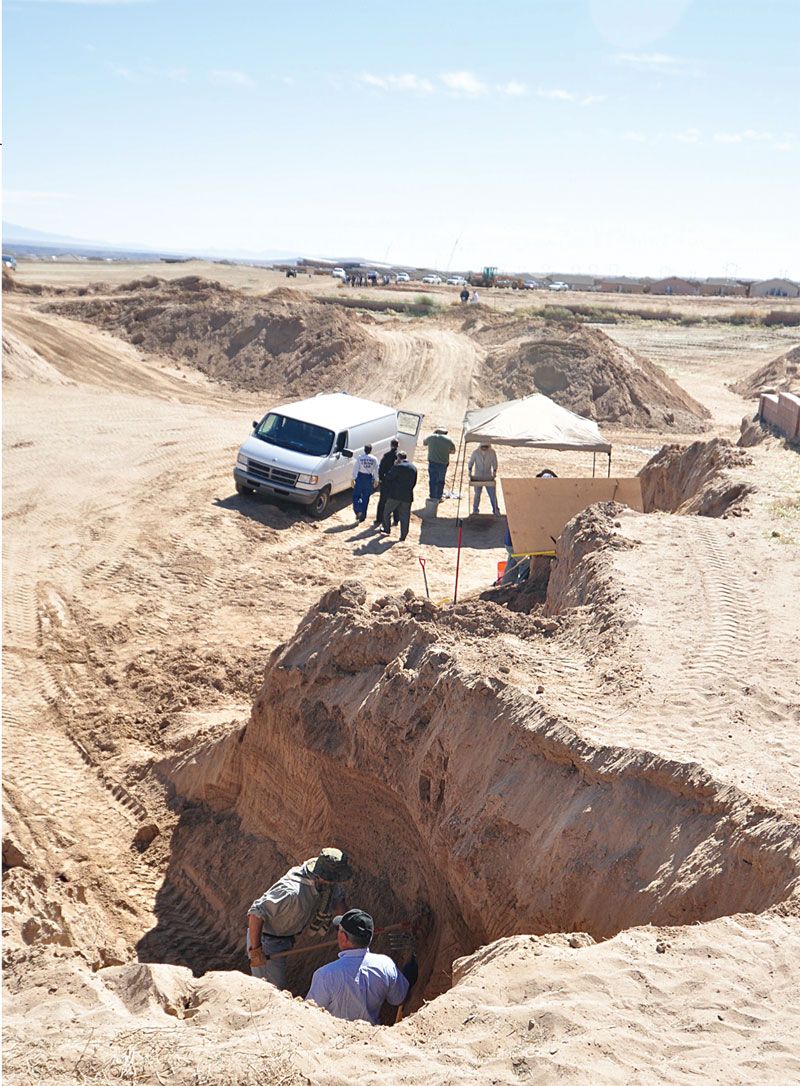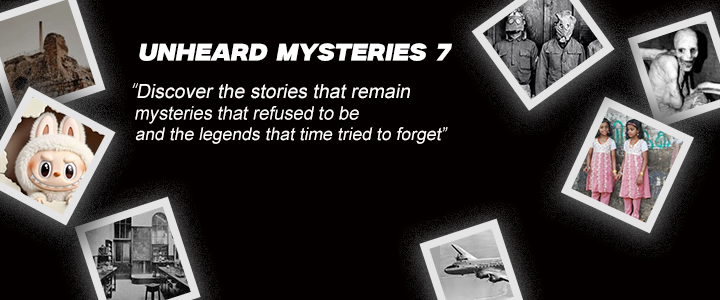The West Mesa Murders: A Mystery Buried in the Sand
The West Mesa Murders
The New Mexico sun blazes down on the quiet, dusty sprawl of the West Mesa. To an outsider, it’s just another stretch of barren land on the outskirts of Albuquerque. The West Mesa Murders case, however, hides a gloomy mystery that has blighted families, authorities, and the entire city for more than a decade.
In 2009, a woman walking her dog stumbled across what looked like a human bone. That accidental discovery would lead authorities to uncover the skeletal remains of 11 women and an unborn child buried in shallow graves—victims of a killer, or killers, still unknown.
But beyond the headlines and news specials, there is a deeper, darker story—one of systemic neglect, unanswered questions, and secrets the desert may never fully give up.
The Victims: Silenced Stories, Forgotten Lives
What is perhaps most heartbreaking about the West Mesa murder case is not just the brutal nature of the crimes—it’s how long the victims had been missing before anyone truly paid attention.
All of the women were young—most in their twenties—and many were mothers. Some were involved in sex work, had prior drug use histories, or simply vanished without a trace. Once, friends, lovers, and parents all used to call them Cinnamon, Victoria, Michelle, Doreen, and Veronica. But in the years before the bodies were discovered, these names became statistics.
Their common thread wasn’t just the lives they led—it was how society treated them. For years, their disappearances were treated as low priority. The stigma surrounding their lifestyles overshadowed the urgency of their vanishings. This allowed someone—perhaps even multiple people—to keep killing, uninterrupted.
Why West Mesa? The Killing Field
There is something eerily strategic about the killer’s choice of burial site. West Mesa is vast, largely undeveloped, and hidden in plain sight.
It is the kind of location where construction projects stall, where the wind wipes away footprints, and where the desert swallows up secrets whole. The burial site was far enough away from civilization to delay discovery, but close enough to be easily accessed.
In fact, the area had been slated for housing developments, but due to an economic downturn, those plans were abandoned. The bodies might not have been found if those homes had been built just a few years earlier.
Even stranger is that the perpetrator appeared to be aware of this. The graves were shallow but spaced with eerie precision, almost as if there had been a method—a system. That suggests planning, confidence, and familiarity with the land.
Was the murderer a construction worker? An entrepreneur? Someone local who knew the land would not be touched for years?
A Deception in the Sand
What kind of person could bury over a dozen bodies without being caught?
FBI profilers suggest that the killer likely lived in or near Albuquerque. To interact with vulnerable victims, they would have needed privacy, a vehicle, and possibly a reason to gain trust.
The majority of victims vanished between 2003 and 2005. Then, suddenly, it stopped. No more bodies. No more missing women matching the pattern.
Why? Was the murderer slain? Did they get arrested for something else—possibly even a capital murder case elsewhere? Or did they simply change their strategy, hiding bodies in a new location?
Some investigators secretly believe that the perpetrator is still alive. Others suggest the crimes may not be the work of one person at all, but a network—a murder king operating in silence, with accomplices or enablers.
Unanswered Concerns
Despite extensive research and speculation, haunting questions remain:
-
Did more people fall victim? Eleven women and one unborn child were discovered, but families of other missing women still fear their loved ones may lie undiscovered.
-
Why the abrupt stop? Most serial killers don’t quit. Something changed.
-
Were the right suspects investigated? Some believe powerful connections may have shielded certain individuals.
-
Why didn’t the community speak up? Could fear, stigma, or silence have allowed the murders to continue?
The Cultural Blind Spot
Perhaps the most disturbing aspect of the West Mesa murders is the cultural blind spot they revealed. These women were mothers, daughters, sisters. Yet many were marginalized due to addiction, poverty, or survival sex work.
Because of stigma, their disappearances were ignored until the desert itself revealed the truth.
In another world—one where their lives were valued—maybe the killer would have been caught after the first or second disappearance, not after eleven.
The Families Left Behind
For the families, the West Mesa is not just a crime scene. It is a gravesite. A scar. A place of mourning and anger.
Some still search for answers, closure, and justice. They attend annual memorials, pressure police to keep the case open, and remind the world that their daughters and sisters were more than statistics.
One grieving mother said:
“She was not perfect. But she was mine. And she deserved to be safe.”
That single sentence cuts to the core of the case.
Could It Happen Again?
Sadly, yes. It could. And it will, if we don’t learn from this tragedy.
When society overlooks the marginalized, killers find opportunity. Until systemic change happens, until voices of the vulnerable are heard, the desert—and places like it—will always be waiting.
Thoughts for the End: The Wind Still Whispers
The West Mesa today appears tranquil, windswept, and endless. But beneath the surface lie stories of cruelty, neglect, and silence.
Who was responsible for the West Mesa murder case may never be known. But one truth is clear: forgetting is also a crime.
Justice isn’t always about catching a killer. Sometimes, it’s about remembering the names, faces, and humanity of those who were lost.
They were buried by the killer in the sand. We cannot silently bury them again.
Disclaimer
Although many details remain ambiguous and up for debate, this article is based on reported accounts and theories. It does not intend to spread fear, superstition, or false claims. It should be read as an unsolved crime and social commentary, not established fact.


